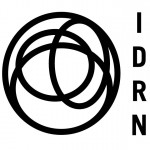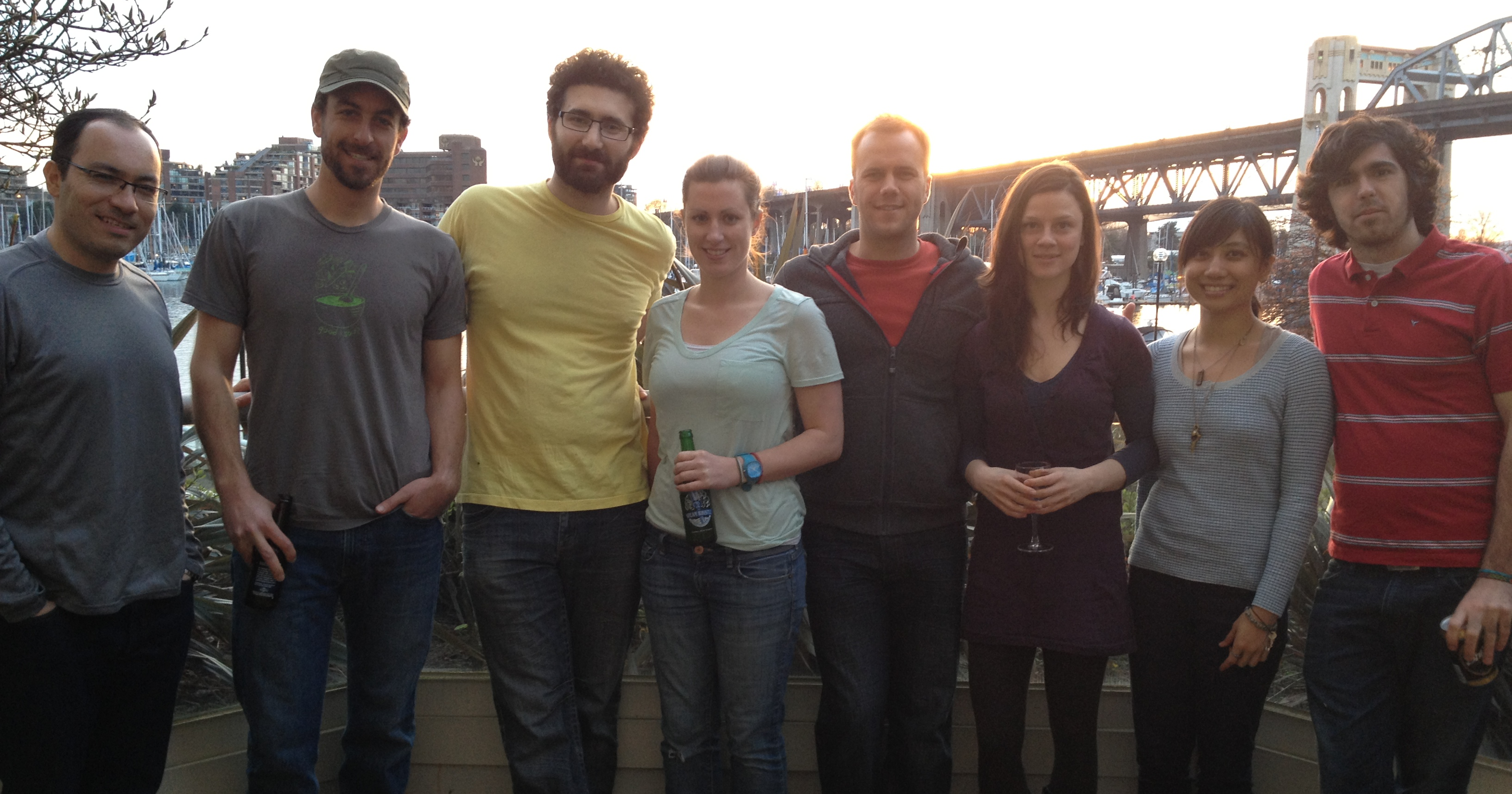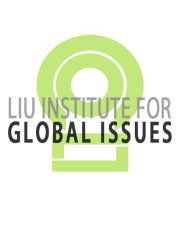The Communication Initiative (CI) made a survey containing more than 1000 people coming from over 200 development agencies and spanning 121 different nationalities. The aim was to understand the Information Needs and Practices of International Development Professionals. Here is the email from Warren Feek, the director of CI describing the importance of this survey in our age of increasing digitalization”
WHERE DOES THE LOCAL, NATIONAL AND INTERNATIONAL DEVELOPMENT COMMUNITY OBTAIN THE KNOWLEDGE THAT INFORMS ITS STRATEGIC DECISION-MAKING – AND WHAT ARE THE TRENDS IN THAT PROCESS?
See 2011 and 2012 survey results at http://www.comminit.com/en/
INTRODUCTION
As we all seek to progress our development goals, priorities and strategies it is important to be both well informed and to build partnerships and alliances. Crucial to those strategic imperatives is knowing the most recent knowledge in your field of work/interest and how other people involved in local, national and international development action obtain the knowledge that informs the pursuing of their goals and strategies.
Complicating the answers to these questions is the light-speed like change in the global communication environment. Just a few years ago twitter was what a bird did. Facebook was a non-existent phrase. Youtube made no sense at all. The net was used for fishing. A social network probably hosted a party. At local media level there have also been major changes. I was recently in Antioquia (Colombia). Every department in that province now has its own community TV station. Globally, newspapers are going out of business or trying completely virtual strategies. Development agencies are pondering the added value of print publications, travel costs and much else about their communication strategies. Change, change, change…
The Communication Initiative was supported by and worked with the UNICEF New York Division of Communication to help answer some of the questions about how local, national and international development “actors” obtained the knowledge that informs their work, and any trends we could identify.
There were two surveys: initially in 2011; and then to both update the knowledge (as communication patterns changed rapidly) and to double-check the 2011 results, the survey was repeated in 2012. The 2012 survey attracted submissions from 1,183 people, in over 200 different agencies, from 121 different nationalities, working in 115 different countries. We wish to thank you very very much if you were one of the respondents that provided such valuable knowledge and insight.
To review the 2011 survey results, the 2012 survey results and comparative tables for each of the major survey questions across both years please accesshttp://www.comminit.com/en/
As a preface to the presentation of the results you will also see some conclusions that we drew from the survey responses at http://www.comminit.com/en/
If you have comments, questions, observations then please submit them through the comments field at http://networks.comminit.com/
– thanks – we very much hope that this knowledge adds value to your important work. And we look forward to your critique, reflections and questions at the link above.
Warren



